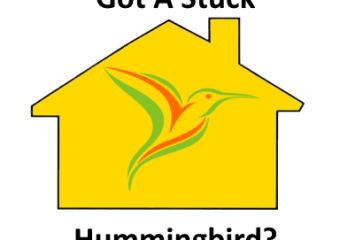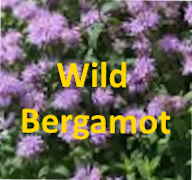The Perfect Sugar-to-Water Ratio for Hummingbird Nectar
When it comes to attracting hummingbirds to your garden, the perfect sugar-to-water ratio for hummingbird nectar is essential. Providing the right blend not only ensures these tiny birds receive the energy they need but also keeps the nectar fresh and safe from harmful mold and bacteria. Understanding the ideal mix will help you enjoy the fluttering beauty of hummingbirds while maintaining a healthy feeding environment.
Why the Sugar-to-Water Ratio Matters
Hummingbirds have incredibly high metabolisms and require a consistent source of energy throughout the day. Their primary natural diet consists of flower nectar, which is rich in sugars. Offering the right homemade nectar replicates this natural food source, providing the birds with the carbohydrates they need to maintain their rapid wing beats and energetic lifestyle.
However, getting the sugar-to-water ratio right is crucial. Too much sugar can make the nectar too thick, potentially harmful to birds, and can cause the feeders to become sticky and more difficult to clean. Too little sugar, and the nectar won’t provide enough energy, making your efforts less effective at attracting hummingbirds.
Recommended Sugar-to-Water Ratio for Hummingbird Nectar
The universally accepted ratio is one part white granulated sugar to four parts water. This means for every cup of sugar, you should mix it with four cups of water. For example:
- 1 cup sugar + 4 cups water
- 1/2 cup sugar + 2 cups water
- 1/4 cup sugar + 1 cup water
This formula closely mimics the sugar concentration found in natural flower nectar, offering a balanced source of quick energy for the hummingbirds.
How to Make the Nectar
- Use plain white granulated sugar. Avoid honey, artificial sweeteners, or raw sugar as these can promote harmful bacteria or fungi growth or even harm the birds.
- Boil the water. Boiling water helps dissolve the sugar thoroughly and sterilizes the mixture, preventing mold.
- Mix sugar into the water. Stir until the sugar fully dissolves.
- Cool the nectar before filling feeders. Hot nectar can damage the feeder or harm hummingbirds upon contact.
Tips for Maintaining Nectar Quality
- Change nectar frequently. In warmer weather, change the nectar every 2-3 days to prevent fermentation and mold growth.
- Clean feeders regularly. Wash feeders with hot, soapy water at least once a week; more often in hot weather.
- Avoid food coloring. Red coloring is unnecessary and can harm hummingbirds.
- Keep feeders in the shade. Nectar stays fresh longer without direct sunlight and keeps feeders cooler.
What Happens If the Ratio Is Off?
If the nectar is too sugary (less water), it becomes too sticky and thick. This can clog feeder holes, making it hard for hummingbirds to feed, and increases the chance of fermenting or mold growth.
If the nectar is too diluted (too much water), the energy content decreases significantly. Hummingbirds may visit less frequently or look for other natural sources that meet their energy needs.
Additional Considerations for Hummingbird Feeding
- Location: Place feeders where hummingbirds are likely to visit, such as near flowering plants.
- Number of feeders: Having several feeders spaced out can reduce territorial disputes among hummingbirds.
- Seasonal feeding: In colder months or migration periods, maintaining fresh feeders can help migrating hummingbirds refuel effectively.
Frequently Asked Questions
Q: Can I use brown sugar or artificial sweeteners?
A: No. Brown sugar contains molasses which can be harmful, and artificial sweeteners provide no nutritional value to hummingbirds.
Q: Is boiling water necessary?
A: While not mandatory, boiling water helps dissolve sugar better and sterilizes the nectar, preventing mold and bacteria growth.
Q: How long should I leave nectar in the feeder?
A: Change nectar every 2-3 days in warm weather; in cooler weather, it can stay up to a week but always watch for signs of fermentation or mold.
Conclusion
Mastering the perfect sugar-to-water ratio for hummingbird nectar transforms your yard into a hummingbird haven. Using one part sugar to four parts water replicates nature’s energy source and keeps your feathered visitors happy and healthy. By following simple preparation and maintenance steps, you can enjoy watching these captivating tiny birds all season long with the confidence that you’re providing safe, nutritious nectar. Happy hummingbird watching!






